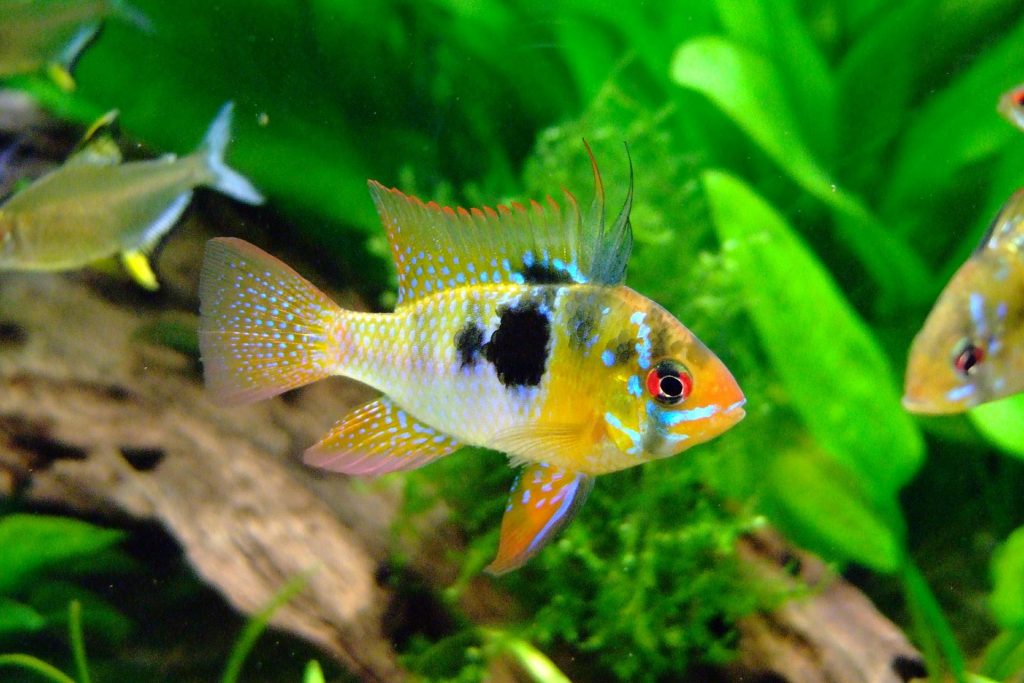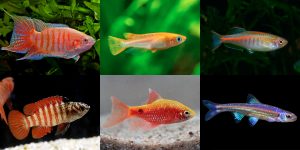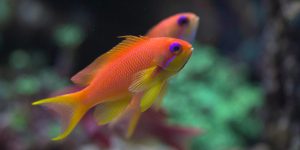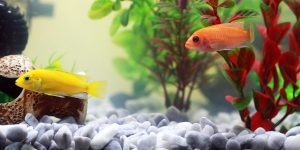New research published in the Journal of Fish Biology finds that owning a tropical aquarium is more environmentally friendly than keeping a cat or dog.
- Fishkeeping was found to be a sustainable hobby.
- Methodically presented research demonstrates minimal energy and water usage.
- Therefore, tropical fish are shown to be an environmentally conscious pet choice.
Researchers Declare Tropical Fish Among the Most Environmentally Friendly Pets
A new study conducted by researchers and published in the Journal of Fish Biology has praised tropical fishkeeping for its sustainability compared to owning other pets. The work, titled ‘The environmental impact of keeping a tropical aquarium in Northern Europe‘, explores the ecological implications of keeping tropical pet fish in the UK, France, and Poland.
It does so by estimating carbon dioxide equivalent emissions produced by tropical aquariums. The same study also takes into account water consumption. Researchers considered both freshwater and saltwater fish tanks before reaching their conclusion. Among those examined in the study was a 380-litre marine aquarium. The studied aquarium’s energy usage was recorded over a 15-day period.
Carbon Dioxide Equivalent Emission Estimations
The marine aquarium observed by researchers for the study in question had its energy usage extrapolated to calculate average carbon dioxide equivalent emissions for other types of fish tanks. Additional estimations were calculated for three different sizes of both freshwater and tropical aquariums.
These were theoretical 50-litre, 200-litre, and 400-litre tanks. For the smaller of these fish tanks, the study puts the estimated carbon dioxide equivalent emissions at less than 86kg per year. That’s just 1.6% of the average European household’s annual CO2 emissions.
To put the quoted 86kg figure into context, the typical family dog is responsible for anywhere from 127kg to more than 1,500kg of estimated carbon dioxide equivalent emissions annually. That’s based solely on meat consumption, too, where the figures for cats range from 121kg to 251kg on the same basis.
Water Usage of Tropical Aquariums
Meanwhile, the same research calculated the water usage of smaller tropical aquariums to be just 0.2% of the average UK annual household consumption. That said, we’re big advocates of regular partial water changes, as are many other serious fishkeepers, so we can see this number being far higher in lots of cases.
Either way, even based solely on CO2 emissions, it’s all fantastic news for environmentally conscious aquarium owners and the surrounding hobby as a whole. Furthermore, the study’s authors point out that the majority of estimated carbon dioxide equivalent emissions produced from tropical fishkeeping come specifically from the energy consumption of aquarium equipment.
As more electricity providers look to decarbonise, this estimate will decrease over time. All told, it puts ornamental fishkeeping squarely among the topmost environmentally conscious pet choices, both now and in the future.
Did You Know?
Did you know that a heater is often the costliest aspect of a tropical fish tank when it comes to energy usage and running costs? Because they don’t normally need a heater, temperate fish are, therefore, cheaper to keep!
Bridging the gap between cold water fish and tropical species, they offer the best of both worlds. Generally hardy and happy at room temperature like goldfish, most are also colourful like tropical fish.
Find out more by taking a closer look at this blog post which explores 50+ of the best temperate aquarium fish, including glowlight danios, rainbow shiners, sparkled ricefish, and neon rosy barbs.






